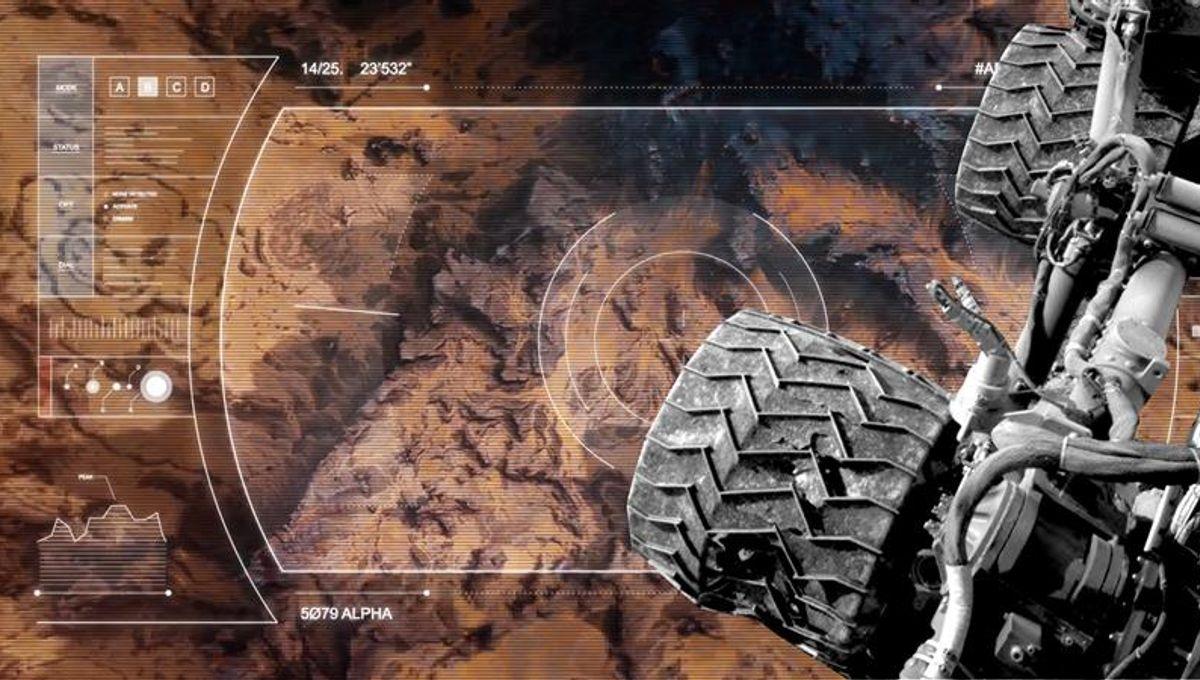Why Scientists Are Going Over A Kilometer Underground In The Search For Alien Life

Why Scientists Are Going Over A Kilometer Underground In The Search For Alien Life
We don't know what alien life might be like. It could be wildly different from Earth’s own; if we're looking at microorganisms, especially their fossilized traces, we might not even recognize it as life if it’s too dissimilar. But what if it's not that different? Planet Earth has the only life that we know of, which is why astrobiologists are looking to it for a clearer idea of how life elsewhere might survive, or thrive. But they're not just looking at any life on Earth.
The rest of this article is behind a paywall. Please sign in or subscribe to access the full content. There are places in the Solar System that are considered possible candidates for hosting alien life. Mars is a prime example. It was once covered in water; could life have evolved there? Could it still exist underground? Alternatively, there are icy moons around the gas giants with deep oceans. Could life exist there? Or how about a more outlandish place like the clouds of Venus? These are extreme environments, more extreme than anything we have on Earth. Still, studying our extreme environments is good for testing the limits of life. From deep oceans to hot springs, the adaptations that life develops to survive are fascinating. One of these studies is happening at the Boulby Underground Laboratory. The lab operates in a working polyhalite and salt mine, the deepest mine in Great Britain, located 1.1 kilometers (0.68 miles) underground in what was once the bottom of an ancient sea, hundreds of millions of years ago. The lab is used to look for dark matter, but being over 1 kilometer down allows researchers to make use of these extreme conditions, such as testing the European Space Agency’s Rosalind Franklin rover, which is expected to launch to Mars in 2028 to hunt for signatures of life, and studying any life that exists down there. “Boulby is interesting because it's deep subsurface,” Professor Charles Cockell, astrobiologist at the University of Edinburgh, told IFLScience in an exclusive interview. “There are microbes living in low-energy conditions underground in the absence of sunlight, but also it's very salty. The high concentrations of salt create these briny salty environments that are similar to or maybe similar to some of the environments that we think could have existed on Mars when there was liquid water.” We often think that where there's water, there's life, and if we go looking for water in other planetary environments, that would be a good place to find life. In fact, if it has the wrong ions in it or the wrong sort of chemicals, even liquid water can be uninhabitable to life. Prof Charles Cockell Some have suggested that some bacteria have survived in this underground environment since before the dinosaurs roamed the Earth, but it is more likely that the life that exists down there arrived as the mine was opened in 1973. Regardless of the origin, the work done in Boulby highlights how certain environments can be too extreme for life even if they have water, which might be important for the icy moons of Jupiter and Saturn. “We found a number of interesting things. One example is that we found that there are environments underground where the salts are so extreme that they seem to be uninhabited,” Professor Cockell explained. “We often think that where there's water, there's life, and if we go looking for water in other planetary environments, that would be a good place to find life. In fact, if it has the wrong ions in it or the wrong sort of chemicals, even liquid water can be uninhabitable to life." Looking for alien life is a grand goal for our species in our quest to understand how we got here in the first place. It's also practical, helping us understand our environment here on Earth and how life has adapted, and may still need to. I think something that's not really understood is that there is this connection between looking after Earth and exploring and settling space. Prof Charles Cockell “By looking for life deep underground in Boulby in Yorkshire, we get ideas about how we might look for life on a place like Mars, but we also get a better idea as to how to understand our environment on Earth and build better instrumentation,” Professor Cockell told IFLScience. “I think something that's not really understood is that there is this connection between looking after Earth and exploring and settling space. And in some sense, our project looking for life deep underground at Boulby is a microcosm or one particular example of that connection.” We do not know if and when we will answer the question of whether we are alone in the universe, but as we look far into the cosmic distances, we also have to look deep underground to make sure we really know what we're doing in that search.


